Editor’s Key Takeaways: Jumpstart Your Sports Photography Career Now

This blog post provides a comprehensive guide on how to become a sports photographer, covering essential steps and tips for success.
- Learn to Use Your Camera: Mastering camera settings and functions is crucial. Understand how to adjust aperture, shutter speed, ISO, and autofocus without hesitation. Practice operating your camera, even blindfolded and with a timer, to ensure quick adjustments during high-pressure moments.
- Understand the Rules of Sports: Familiarize yourself with the rules and dynamics of various sports. Knowledge of the game allows you to anticipate key moments and capture decisive shots.
- Get the Right Gear: Invest in essential sports photography equipment, including a fast autofocus camera, telephoto lenses, and appropriate accessories. Gear quality can significantly impact image results.
- Practice, Practice, Practice: Experience is key. Shoot local sports events to develop your skills and build a portfolio. Constant practice helps you refine techniques and improve photo quality.
- Network and Find Opportunities: Establish connections within the sports community. Networking can open doors to shooting gigs and professional opportunities. Reach out to local teams, sports organizations, and fellow photographers.
- Focus on Camera Settings: Choose the optimal camera settings for sports events, including fast shutter speeds, an appropriate aperture, and continuous autofocus. Proper settings ensure sharp, well-exposed images.
By mastering these steps, aspiring sports photographers can build a strong foundation and pave the way for a successful career in the field.
Introduction
Want to know how to become a sports photographer?
You’re in the right place.
This article shares everything you need to know about making it as a sports shooter—from advice about getting started to essential sports photography gear to camera settings and more.
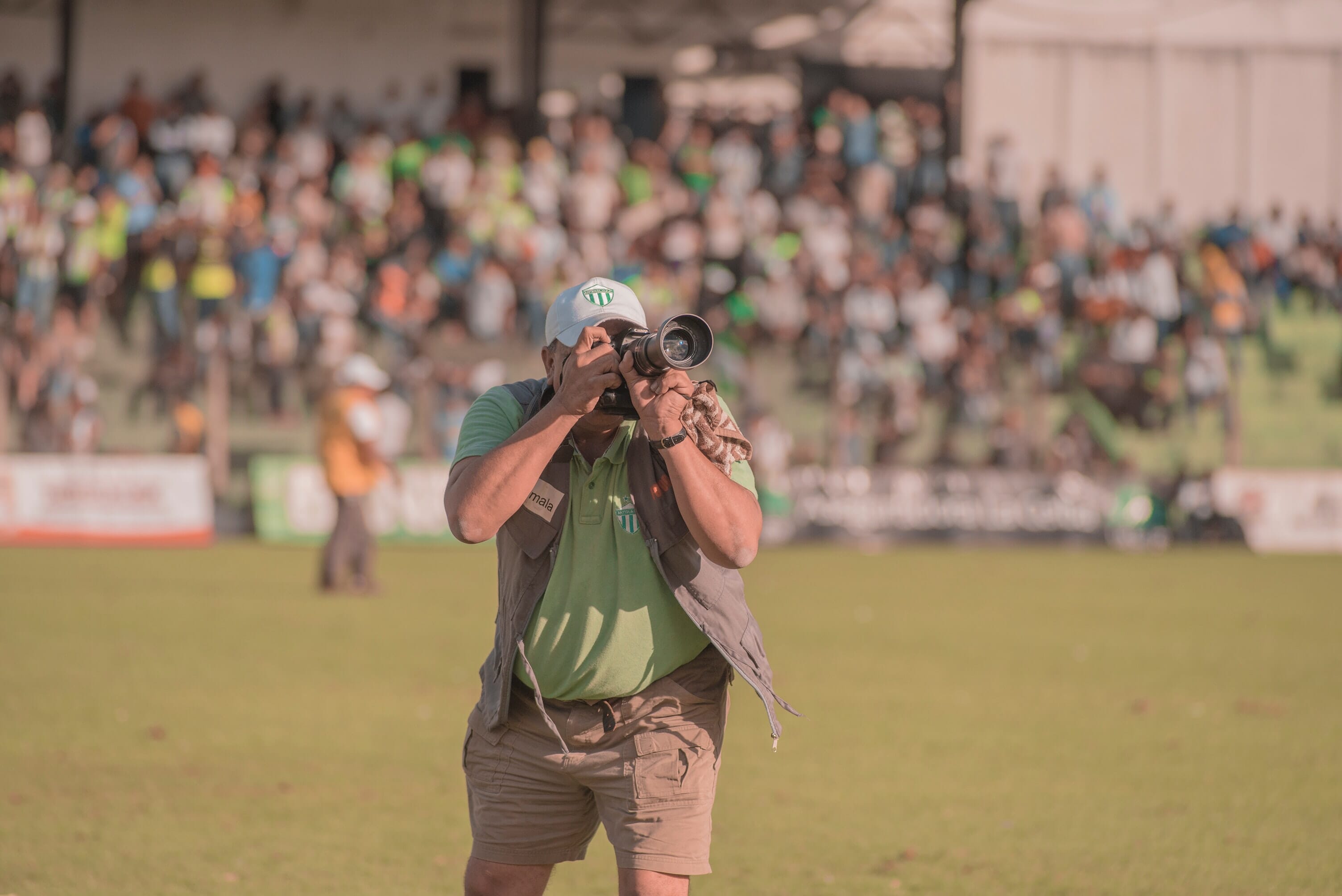
So if you’re ready to jumpstart your sports photography career, then let’s get started.
Step 1: Master Your Camera Skills
Sports photography starts with complete control over your camera. Master fast operation, ideally without looking.
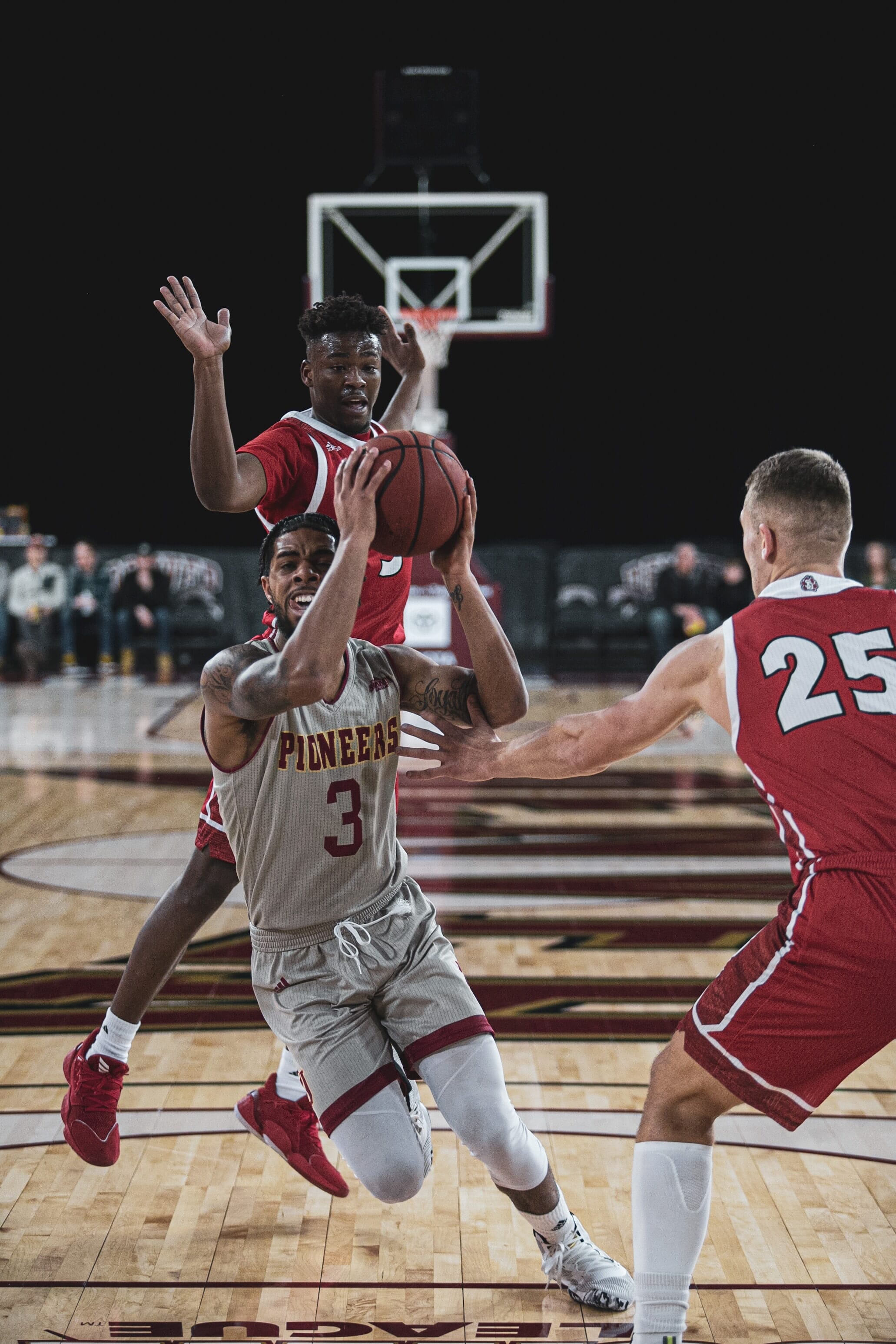
Read your camera manual and familiarize yourself with every button and dial. Set up menus for quick access to key settings, especially autofocus. Practice switching your camera on, adjusting aperture, shutter speed, ISO, and setting autofocus. Repeat until you can do it confidently, even blindfolded and timed.
Learn to apply settings, understanding aperture, shutter speed, ISO, exposure, and autofocus modes. Study other sports photographers’ work to understand the settings they likely used and effects achieved, developing useful techniques before stepping onto the field.
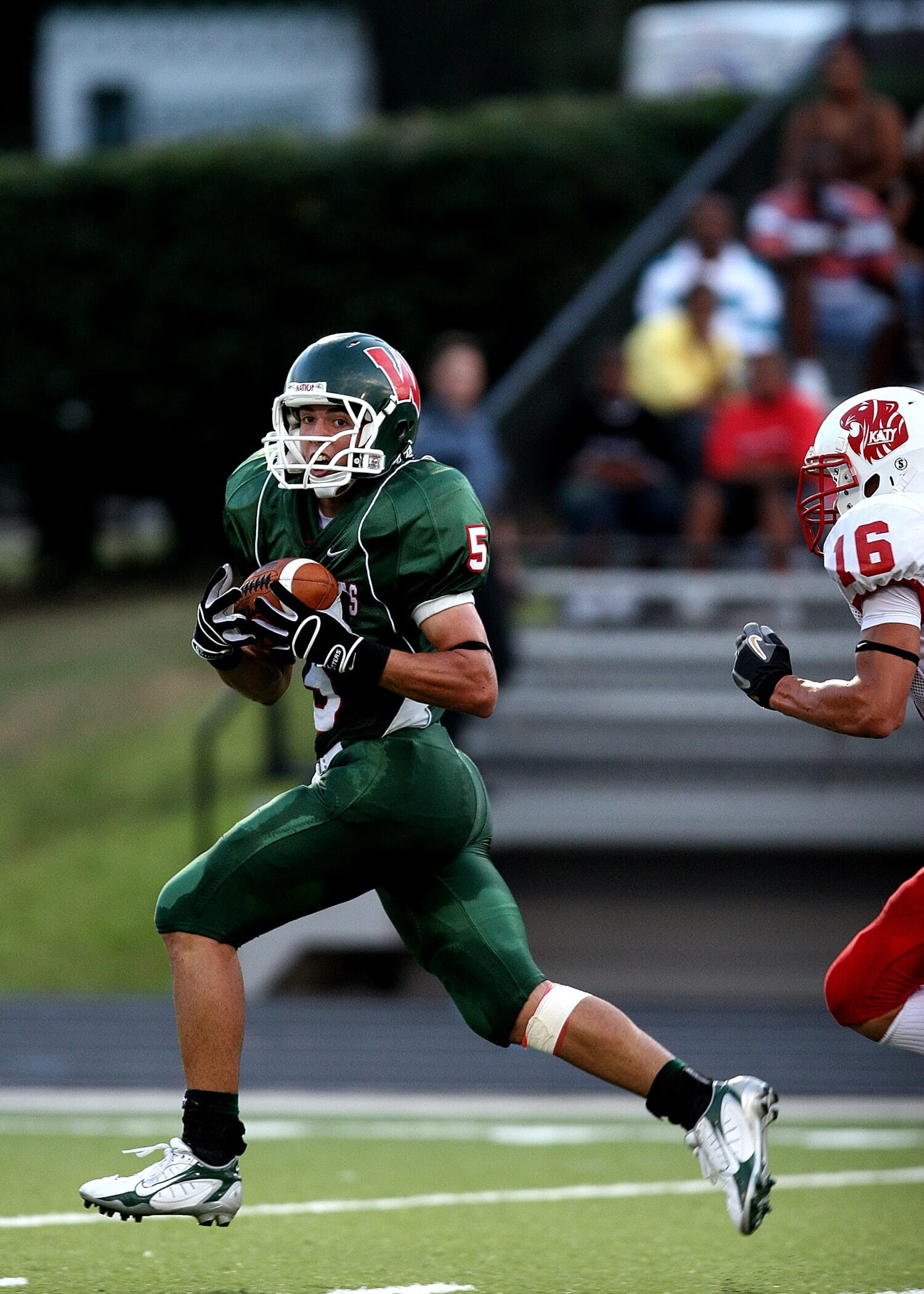
Step 2: Understand Sports Rules and Dynamics
Sports photography requires not only camera knowledge but also an understanding of the sports themselves. Anticipate key moments by knowing the game rules and dynamics.
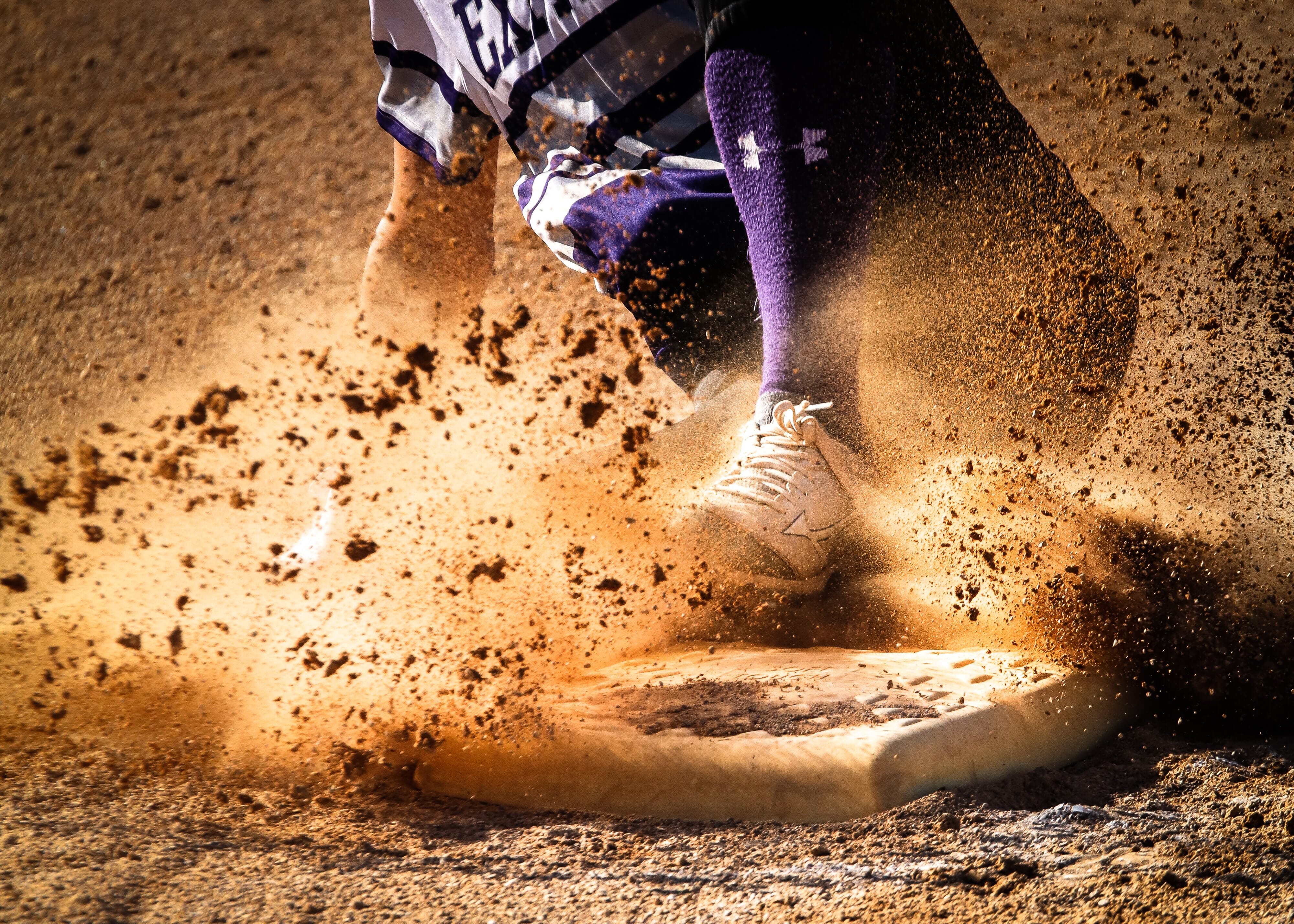
Familiarize yourself thoroughly with one or more sports. Learn the rules, study local players, and predict movements during a game.
Step 3: Practice Constantly
Combine camera skills with sports knowledge by practicing relentlessly. To capture stunning shots, you need to develop muscle memory and reflexes for fast-moving subjects.
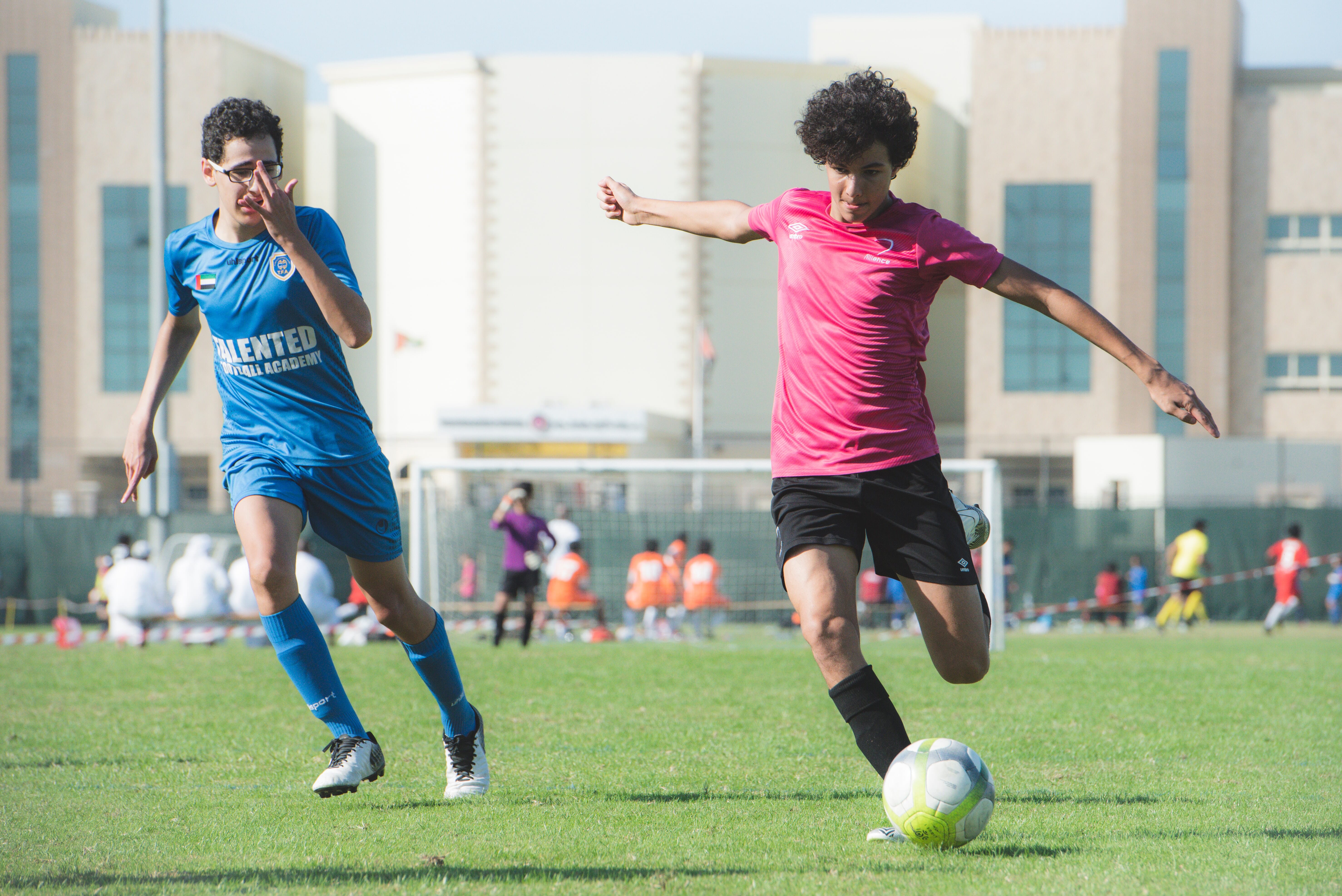
Begin with random moving subjects like birds or passersby. Advance to local sports games, regardless of level. Always seek permission before shooting near the field.

Step 4: Find a Sports Photography Job
With a capable skill set and a small portfolio, it’s time to seek sports photography jobs. College students can inquire about photography roles in campus newspapers or media outlets.
Contact local newspapers for potential opportunities, offering to volunteer if necessary. Freelancing is also a viable option; submit your work to local publications and build relationships with potential clients.
Expand your portfolio continuously and learn about different sports, especially those popular in your area.

Step 5: Upgrade Your Gear
Initially, work with an interchangeable lens camera and a fast lens. But gear does matter eventually. Competing in the field requires high-quality equipment.
Invest in a high-performance DSLR or mirrorless camera. Consider flagship models like Canon’s 1D X Mark III or Nikon’s D6, or the Sony a9 II. Ensure the camera has excellent autofocus, ergonomics, dual card slots, a rugged build, and fast shooting speeds.
For lenses, start with a 70-200mm f/2.8 for reach and low-light capabilities. Add a fast super-telephoto lens like a 300mm or 400mm f/2.8. A 24-70mm f/2.8 can be useful for close-up shots.
Consider using a monopod for stability and mobility in fast-paced environments. Additionally, have a powerful speedlight and ample fast memory cards.
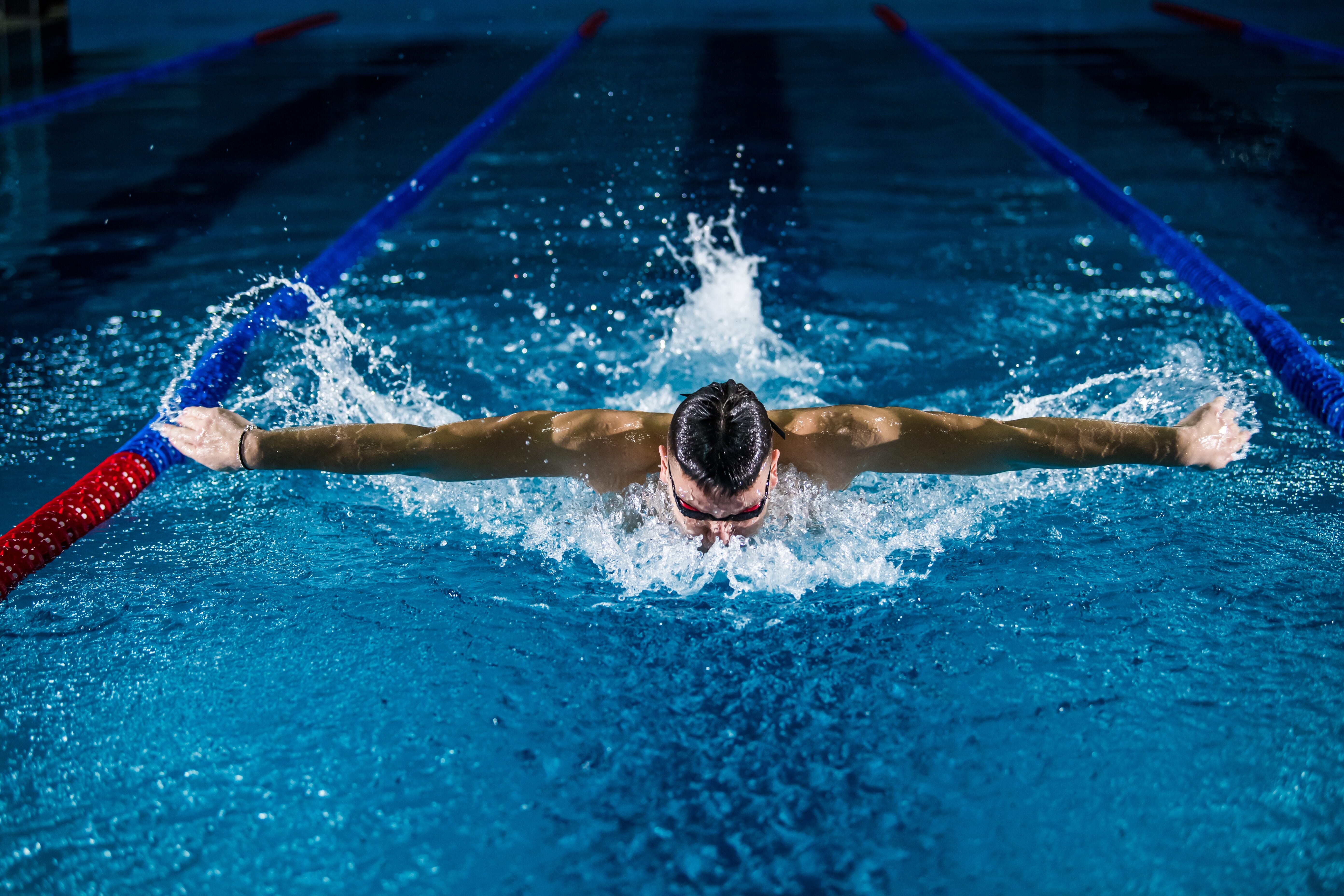
Step 6: Secure an Internship or Entry-Level Job
As your skills grow, aim for a job with a popular publication. Search online for job ads or contact newspapers and magazines directly. Use connections from your earlier experiences to help get your foot in the door.
Consider internships to start, providing valuable experience and potential stepping stones to full-time positions. Freelancing is another route; contact potential clients, obtain press passes, and seek behind-the-scenes access.
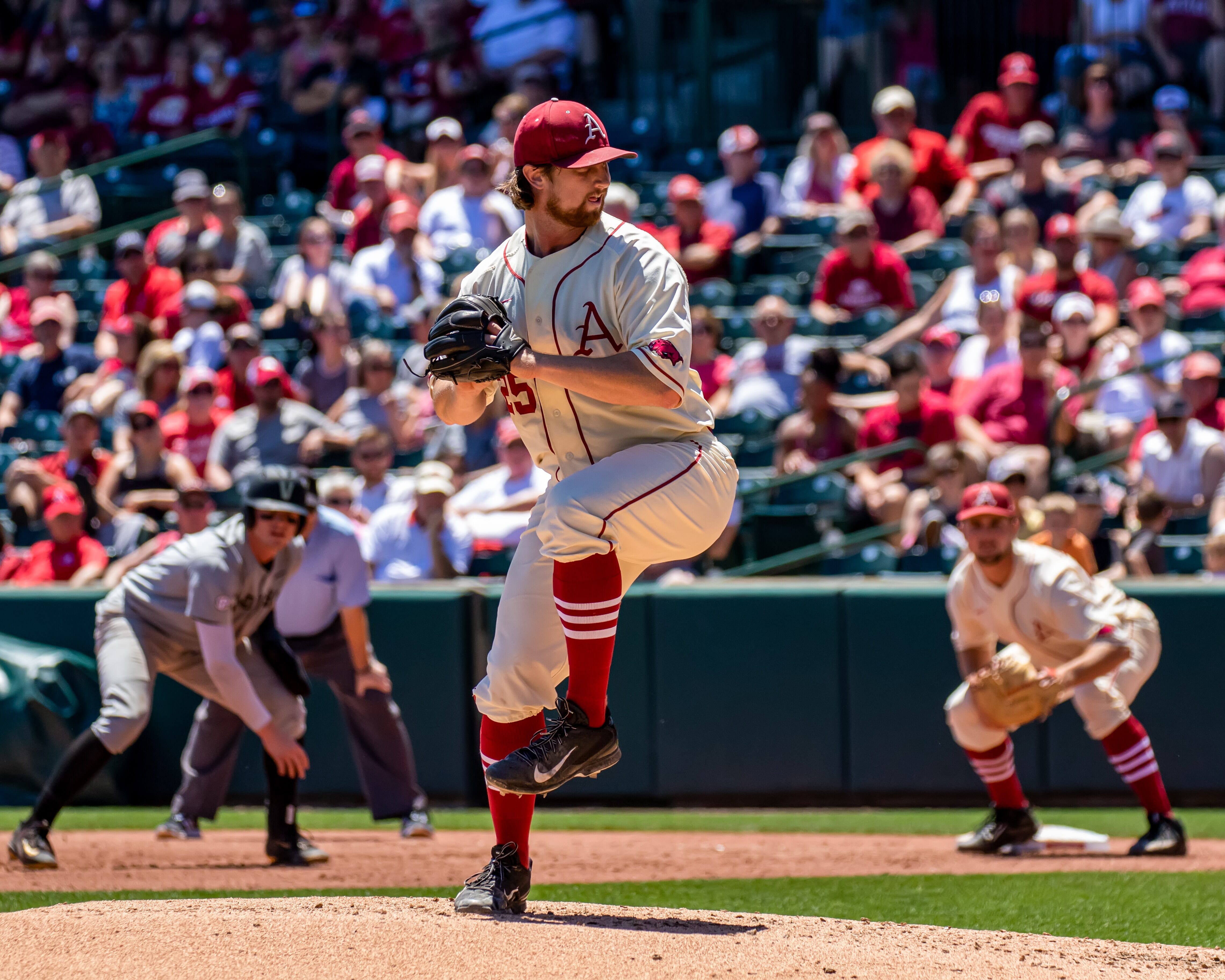
Step 7: Continue Improving and Climbing the Ladder
Congratulations on becoming a sports photographer! The journey doesn’t end here. Strive for continuous improvement, learning new rules and camera techniques.
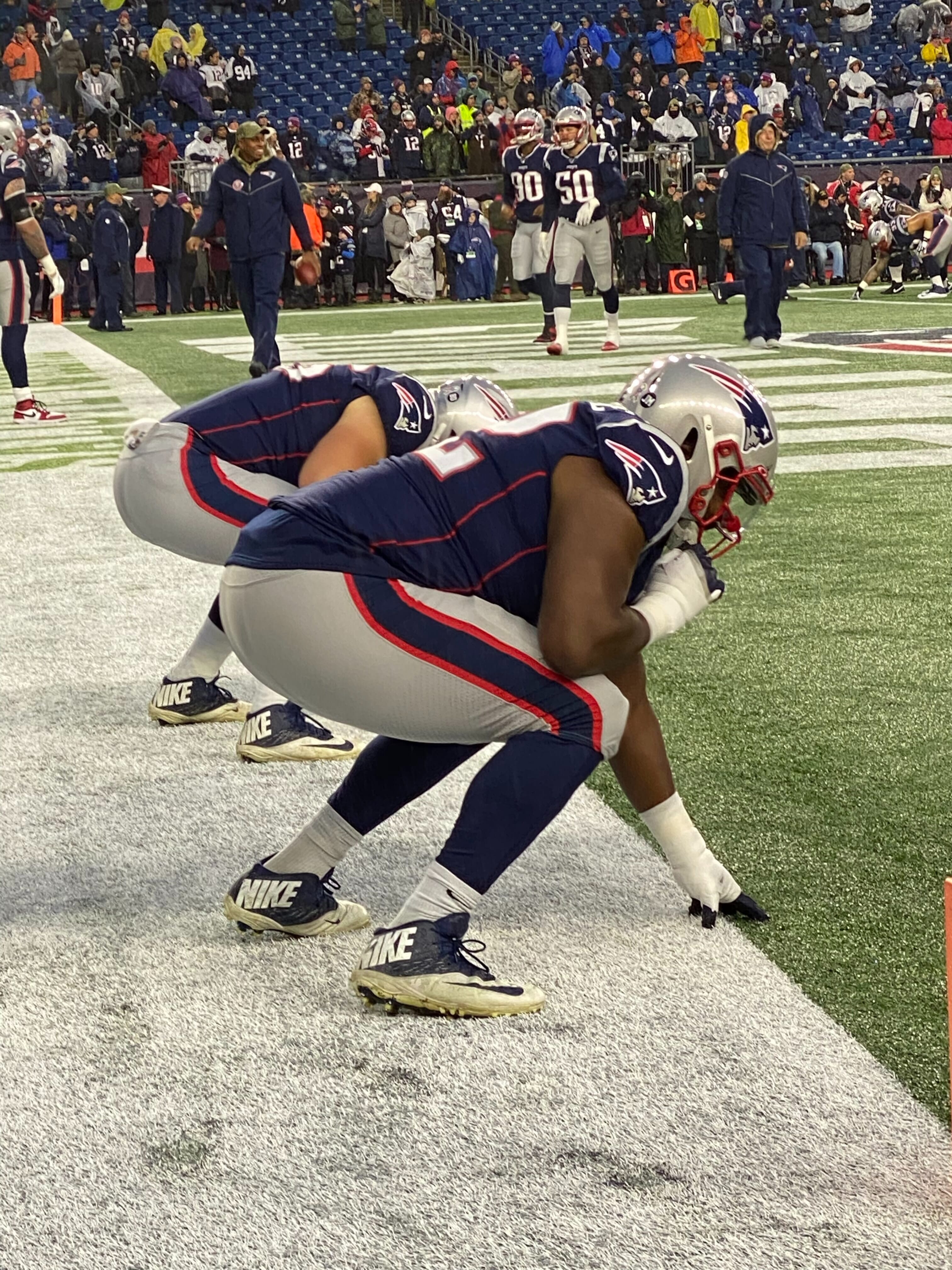
Take on new assignments to showcase your versatility. Be ambitious and work hard, seeking opportunities to climb the industry ladder and attract regular clients.
Conclusion
The seven key steps to becoming a sports photographer are outlined here. Remember them, write them down if necessary, and start following them.
I wish you the best of luck!

